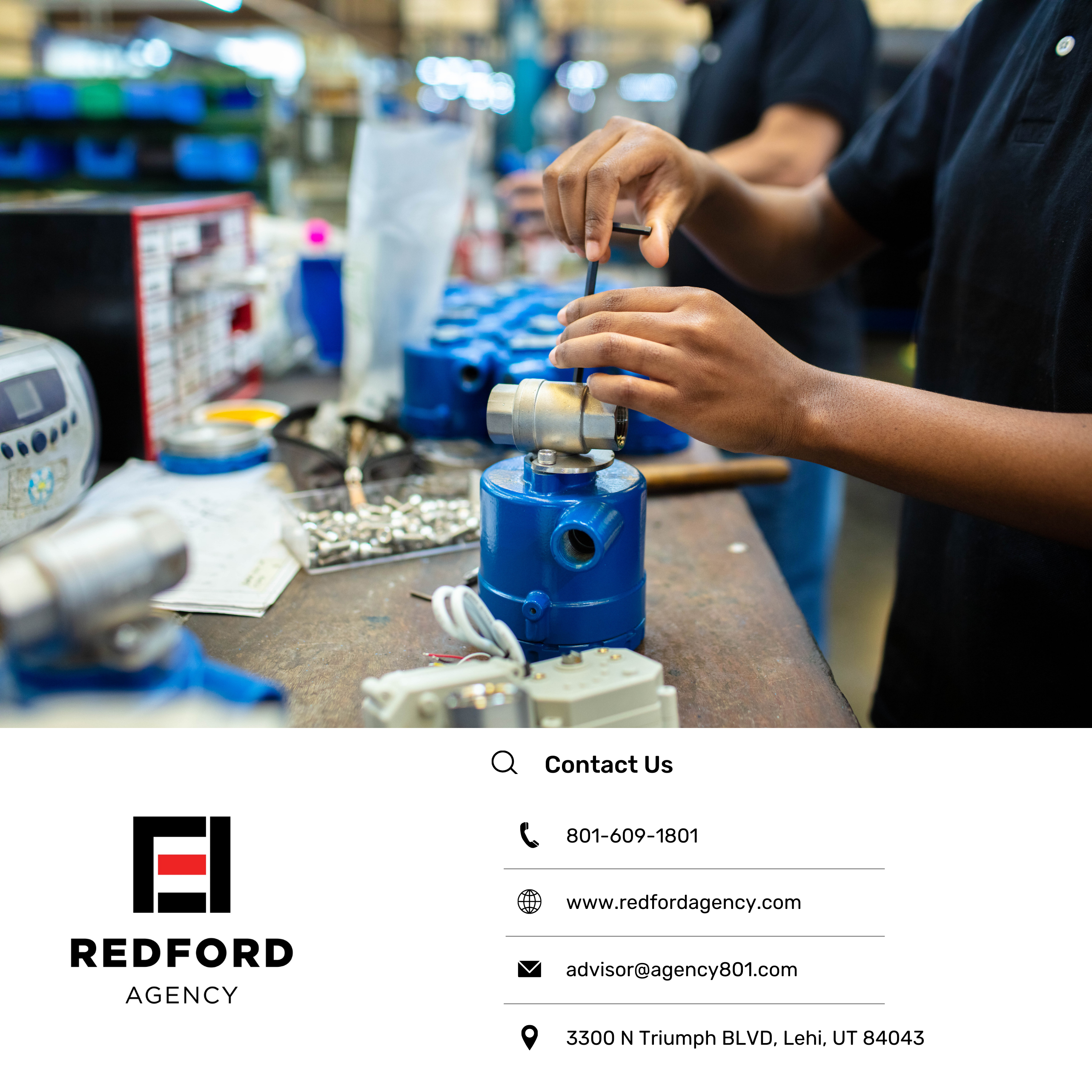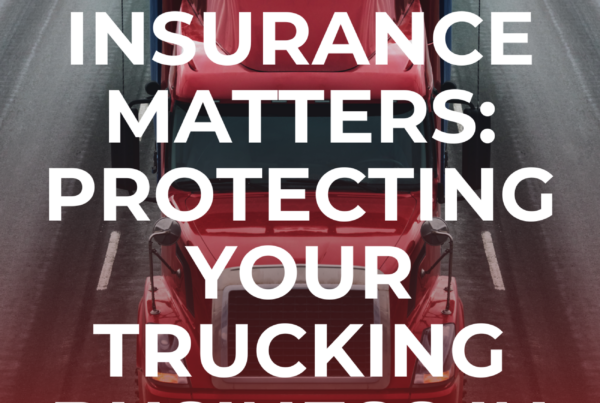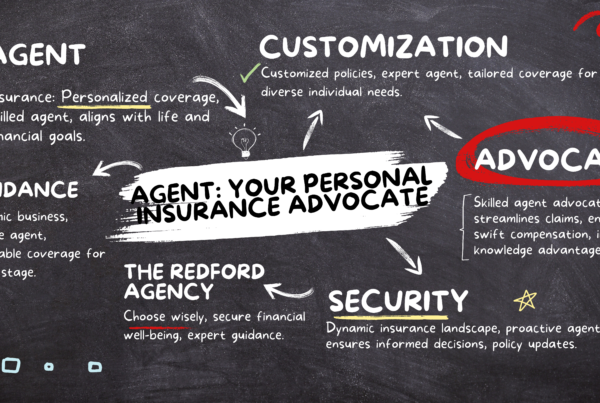
In the dynamic world of manufacturing, where innovation and efficiency converge, the significance of safeguarding your assets through commercial insurance cannot be overstated. Week 1 marks the pivotal introduction to comprehending the nuanced landscape of commercial insurance for manufacturing companies. This guide aims to shed light on the critical types of coverage available and elucidate the transformative role insurance plays as an asset rather than a liability for these companies.
The Foundation: Understanding Commercial Insurance for Manufacturing
Commercial insurance serves as a protective shield for manufacturing companies, mitigating risks and potential losses that could arise from a spectrum of factors. These encompass property damage, equipment breakdown, liability claims, business interruption, and more. For manufacturing entities, the risks are multifaceted, spanning from equipment malfunction to employee injuries, product liability, and supply chain disruptions.
Types of Coverage
- Property Insurance: This shields manufacturing facilities and equipment from damage or destruction caused by fire, natural disasters, or other unforeseen events.
- General Liability Insurance: Protects against third-party claims for bodily injury or property damage arising from manufacturing operations or products.
- Product Liability Insurance: Essential for manufacturers to safeguard against claims related to product defects causing harm or injury.
- Business Interruption Insurance: Provides coverage for income loss due to an interruption in operations caused by covered perils.
- Workers’ Compensation: Crucial for addressing employee injuries or illnesses sustained on the job.
The Impact: Why Insurance is an Asset
Mitigating Financial Risks
Consider a scenario: a manufacturing plant faces an unexpected fire resulting in substantial damage to machinery and the facility. Without adequate property insurance, the company would bear the entire financial burden of repairs or replacements, potentially leading to financial distress or even closure. However, with the right insurance coverage, the financial impact is mitigated, allowing the company to recover and resume operations efficiently.
Strengthening Long-Term Viability
Insurance is not just a protective measure; it serves as a catalyst for long-term sustainability. By ensuring business continuity through coverage against potential setbacks, manufacturing companies can focus on innovation, growth, and expansion rather than being consumed by the fear of unforeseen risks.
The Role of The Redford Agency
In the realm of commercial insurance, the prowess of your insurance agent is as critical as the coverage itself. The Redford Agency emerges as a stalwart in this domain, leveraging over 18 years of industry knowledge. Their expertise in understanding the intricate needs of manufacturing companies and tailoring comprehensive insurance solutions sets them apart.
Customized Solutions
The Redford Agency doesn’t offer generic packages; they delve into the specifics of each manufacturing entity, understanding their unique risks and crafting bespoke insurance plans that align with their needs.
Proactive Risk Management
Beyond mere coverage, The Redford Agency adopts a proactive approach towards risk management. They assist manufacturing companies in identifying potential vulnerabilities, providing strategies to mitigate these risks, thus fortifying the company’s resilience.
Conclusion
In the competitive landscape of manufacturing, commercial insurance stands as a shield against the unforeseen, a safeguard for operations, and a tool for sustainable growth. It transforms from being a perceived liability to a strategic asset, empowering companies to thrive in a challenging environment. The right coverage, coupled with a knowledgeable and proactive insurance agent like The Redford Agency, becomes an invaluable ally in a manufacturing company’s journey towards success and resilience.



